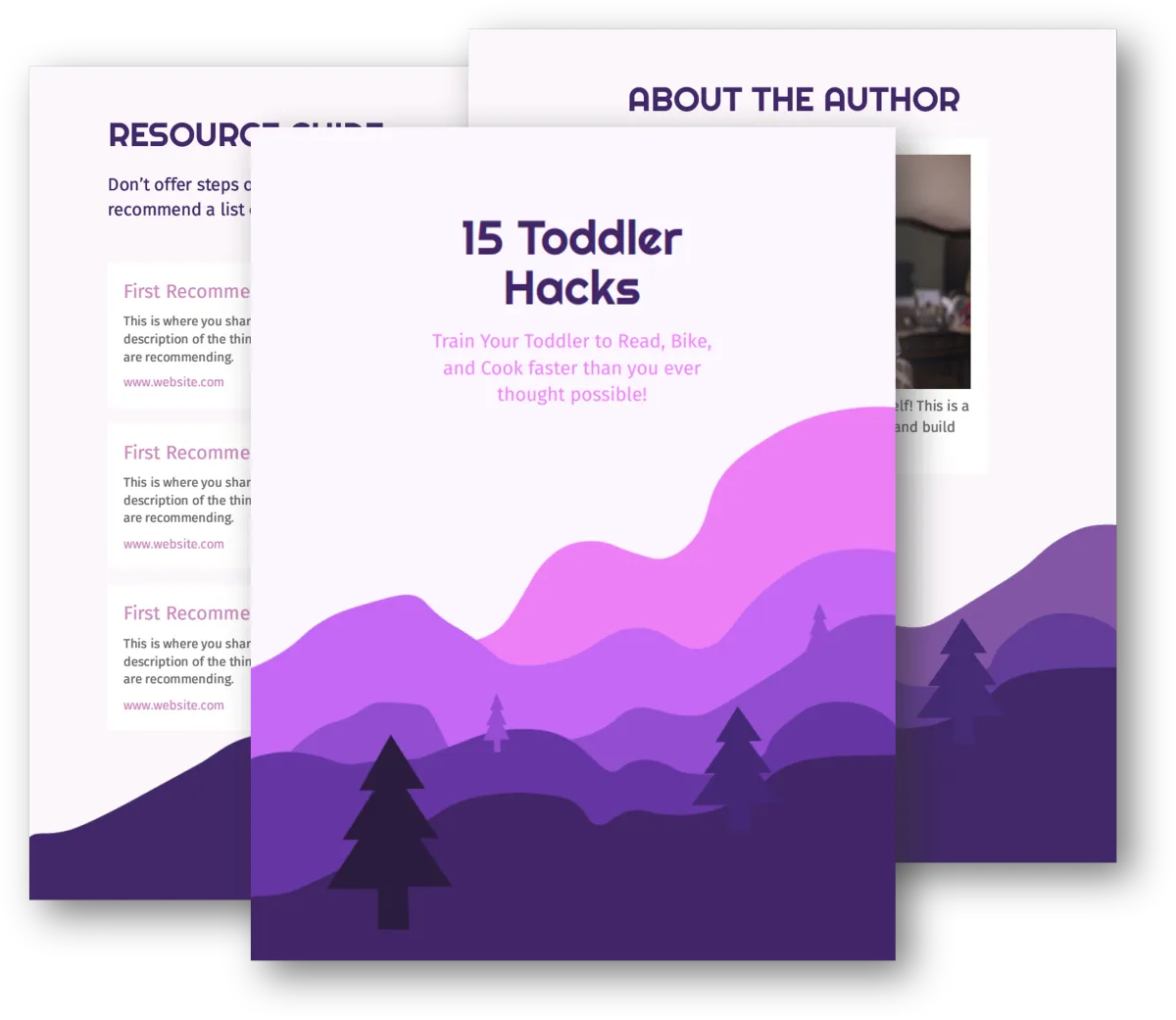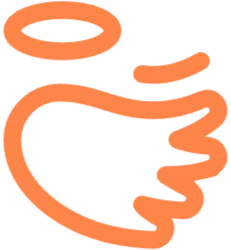Free Ebook Reveals:
How to Teach Your Toddler To Read Without Fussies, Candy, Or Cries!
Libero purus, lorem dignissim sed nulla egestas interdum ut pellentesque nullam faucibus lectus dolor vulputate nam nec ut nisl, facilisis hendrerit ultricies tellus vulputate in turpis facilisis netus purus elementum iaculis:
Molestie facilisis accumsan, interdum tortor gravida neque risus sapien, interdum feugiat nibh.
Molestie facilisis accumsan, interdum tortor gravida neque risus sapien, interdum feugiat nibh.
Molestie facilisis accumsan, interdum tortor gravida neque risus sapien, interdum feugiat nibh.

Testimonials
What people say
"Tortor platea nunc lorem morbi pellentesque sed enim viverra venenatis, sem pImage Featureellentesque massa nunc quis lectus."

Julia Keys
Kindergarten Teacher
"Sed adipiscing adipiscing feugiat platea egestas varius eget enim laoreet pharetra, vulputate vitae elementum bibendum neque"

Richard Durgan
Parent
"Dui, ultrices odio ipsum morbi sit semper nunc neque fames at elit praesent purus molestie eget"

Mary Driver
Parent

© 2023 Freedomkit | Powered by Freedomkit.ai